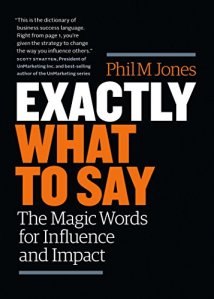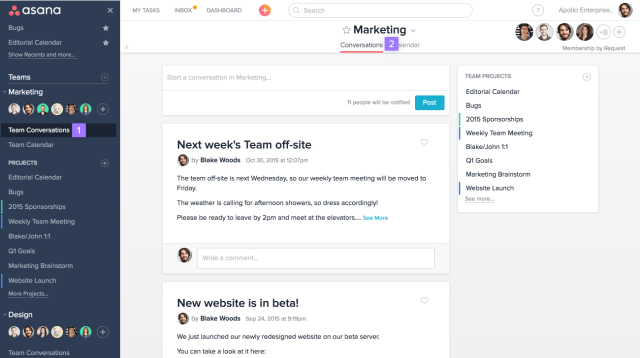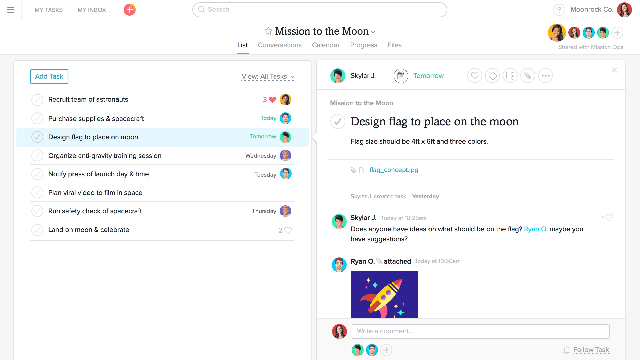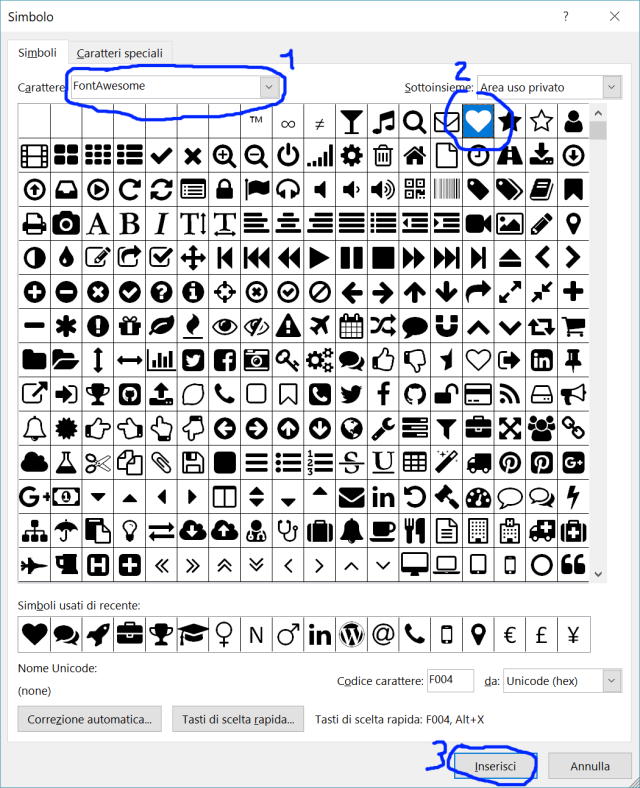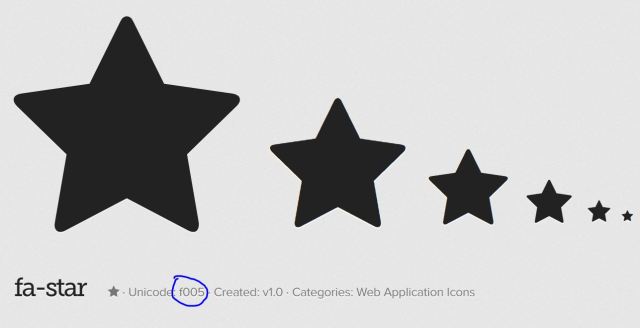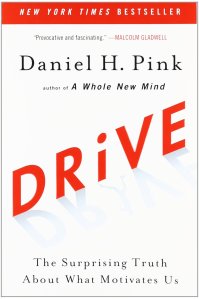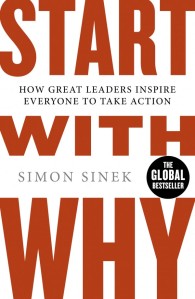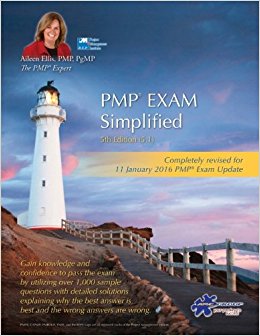I read the book Getting things done and I found some interesting suggestions.
The main problem of the book is that it mainly considers paper based documents.
First of all I suggest reading the book, I’ve already reviewed it here.
Here you can find it summarized with some suggestion in order dial with GTD using Trello or Asana if you prefer.
I’ve already written about Trello vs Asana, so before starting this metodology I suggest reading the post and trying them if you don’t know both.
I usually work on many projects so my main target is to deal with them in order to getting things done without losing some steps.
I started using this method in my private life as well.
My Working Trello Board
First of all in this board I write down all activities I’ve got to do and all activities I’m waiting for someone. All my activities are single (not subtask) while someone elses’s activities are grouped using checklist: I’m interest in remembering that someone is working on thet project and I will probably check it but I’m not interested in all user stories processed because they are probably tracked in jira.
I use 2 main columns: Projects and Large Projects (complex project with a related Jira’s project)
Here I define the prefix of each project in this form:
[CUSTOMER’S ABBREVIATION]_[PROJECT’S ABBREVIATION] – [Full Name project]
In the remaining columns I’ll use the first part for all actvities related to the project (for some interesting project I even use label/tag)
[CUSTOMER’S ABBREVIATION]_[PROJECT’S ABBREVIATION] – [activity description/title]
I use 2 more annotations:
“[SOMEONE’S NAME]” usually in “Waiting for” or “In progress (Internal)” columns to remember who I’m waiting for or who is doing the task. It’s a sort of assigned to.
“[HOLDER]” this means that the this activity blocks something on the column “Hold On”
Every time I move a holder card to done I check the comments to find out the blocked card and dial with it moving it to the right column.
Here an explanation of my columns
- Inbox: Unprocessed activities
- Next Actions: a priority ordered stack of what I have to do
- In Progress: what I’m working on (in case of interruption)
- In Progress (Internal): what someone else is doing and I’m interest to
- Scheduled: All activities that I’ve to do on that day at that time
- Hold on: all blocked activities
- Waiting for: I’m waiting for info, I’m waiting for supplier’s work
- Done
- Someday: usually articles to read when I want to take a break
- Presale: I use it for the projects that are not confirmed but requires many analysys activities
- Projects: small sequential project that I manage using the trello’s checklist
- Large Projects: projects with a related jira’s project
- Canoni/Consuntivi: Closed Project with annual maintenance fees
- References: Interesting articles or mail
- Projects Done: Completed projects
The “Due Date” has many meanings depending on the card’s column:
- in scheduled column is something that can’t be put off
- in holder is something that is blocked until the due date (I can’t do anything before that date)
- in Next actions is the recommended date
- in Inbox I’ve an automation that set creation date +1 day
- in waiting for is a ping reminder. I still haven’t received any update that date, so I’ve to send an email, make a call and so on
Trello Automation
Here some interesting add-ons or applications or services that I’m using as facilitators:
Send link to trello
Do you find an interesting article but you don’t have enough time to read it? send it to trello’s inbox list in order to decide what to do when you process the card.
Add some automation among many apps like calendar
In order to automate Trello I suggest trying both zapier and IFTTT
Zapier and IFTTT
I found zapier better than IFTTT for lots of reasons:
- The search is better, you can choose what services are you interested in and it will show only available zaps
- The configuration level of each zap is better than IFTTT applet
Zapier supports both gmail (personal use) and Office 365 (outlook calendar).
With Zapier I created these automations:


As you can see, with zapier you can use the same application as source and destination. Remember that you can even use both IFTTT and zapier.
An interesting automation is that when you add an appointment to your calendar a card i automatically created to scheduled column.
In addition I automated the creation of a complex and full detailed card everytime a google form is submitted (pe).
I also found Butler powe-up for Trello, but I don’t use it.
Your email to inbox list
There are many ways to send your emails to trello inbox list.
You can do it with zapier and IFTTT, there are actions that creates a card every received email or only starred email.
These solutions work very well if you want to automate all the process.
Another interesting way to send emails to your inbox Trello list without automatically send all your emails is to forward them directly to trello. Here the Trello istructions:
http://help.trello.com/article/809-creating-cards-by-email
It supports also email with attachment, attaching them to the card.
The main problem of this, is that Trello supports markdown and not HTML so you see only text in the card.
There is a Chrome extension for Gmail but I don’t like Gmail-to-Trello give it a try if you want.
Conclusion
This method adds management time overhead but it prevent you forgetting activities’s steps, I’ve been using it for 4 months in my working and private life and ater tailoring, it works like a charm
Improvement
It would be great if Trello and Asana implemented a security trimming for user: view only allowed card without seeing all cards in board. If this feature was available I would open my board to all my stakeholders so they can check if I’m waiting something from them or what are we doing.






